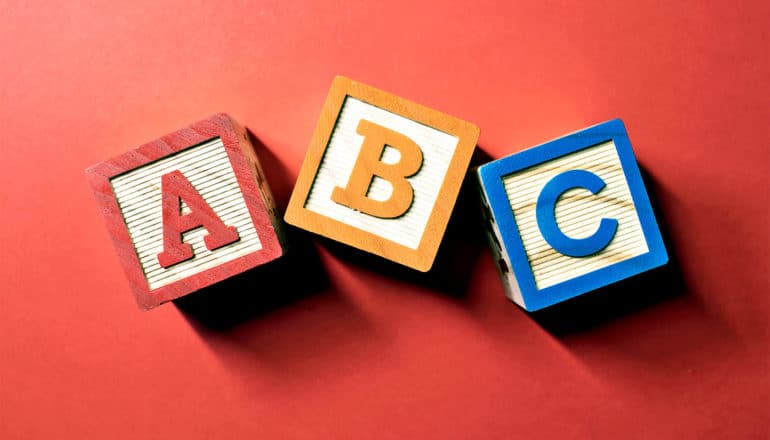
The evolution of learning could help lay groundwork for better artificial intelligence.
“We know that all organisms are capable of some form of learning, we just weren’t sure how those abilities first evolved. Now we can watch these major evolutionary events unfold before us in a virtual world,” says lead author Anselmo Pontes, a computer science researcher at Michigan State University.
“Understanding how learning behavior evolved helps us figure out how it works and provides insights to other fields such as neuroscience, education, psychology, animal behavior, and even AI. It also supplies clues to how our brains work and could even lead to robots that learn from experiences as effectively as humans do.”
According to coauthor Fred Dyer, a professor of integrative biology, these findings have the potential for huge implications.
“We’re untangling the story of how our own cognition came to be and how that can shape the future,” Dyer says. “Understanding our own origins can lead us to developing robots that can watch and learn rather than being programmed for each individual task.”
The results are the first demonstration that shows the evolution of associative learning in an artificial organism without a brain.
“Our inspiration was the way animals learn landmarks and use them to navigate their environments,” Pontes says. “For example, in laboratory experiments, honeybees learn to associate certain colors or shapes with directions and navigate complex mazes.”
Since researchers can’t observe the evolution of learning through fossils—and it would take more than a lifetime to watch in nature—the team composed used a digital evolution program that allowed them to observe tens of thousands of generations of evolution in just a few hours, a feat unachievable with living systems.
In this case, organisms evolved to learn and use environmental signals to help them navigate the environment and find food.
“Learning is crucial to most behaviors, but we couldn’t directly observe how learning got started in the first place from our purely instinctual ancestors,” Dyer says. “We built in various selection pressures that we thought might play a role and watched what happened in the computer.”
While the researchers simulated the environment, the evolution was real. The programs that controlled the digital organism were subject to genetic variation from mutation, inheritance, and competitive selection. Researchers tasked organisms to follow a trail alongside signals that—if interpreted correctly—pointed where the path went next.
In the beginning of the simulation, organisms were “blank slates,” incapable of sensing, moving, or learning. Every time an organism reproduced, its descendants could suffer mutations that changed their behavior. Most mutations were lethal. Some did nothing. But the rare traits that allowed an organism to better follow the trail resulted in the organism collecting more resources, reproducing more often and, thus, gaining share in the population.
Over the generations, organisms evolved more and more complex behaviors. First came simple movements allowing them to stumble into food. Next was the ability to sense and distinguish different types of signals, followed by the reflexive ability to correct errors, such as trying an incorrect path, backing up, and trying another.
A few organisms evolved the ability to learn by association. If one of these organisms made a wrong turn it would correct the error, but it would also learn from that mistake and associate the specific signal it saw with the direction it now knew it should have gone. From then on, it would navigate the entire trail without any further mistakes. Some organisms could even relearn when switching signals mid-trail tricked them
“Evolution in nature might take too long to study,” Pontes says, “but evolution is just an algorithm, so it can be replicated in a computer. We were not just able to see how certain environments fostered the evolution of learning, but we saw populations evolve through the same behavioral phases that previous scientists speculated should happen but didn’t have the technology to see.”
“Pontes and colleagues have evolved associated learning in a computer from the raw ingredients of mutation, inheritance, and competitive selection,” says George Gilchrist, program director at the National Science Foundation, which funds the BEACON Center for the Study of Evolution in Action, which developed the project. “This opens the door to creating artificial intelligence systems without the limitations imposed by human design.”
The research appears in the American Naturalist.
Source: Michigan State University
The post The evolution of learning could boost A.I. appeared first on Futurity.
from Futurity https://ift.tt/2mlKoMm
No comments:
Post a Comment